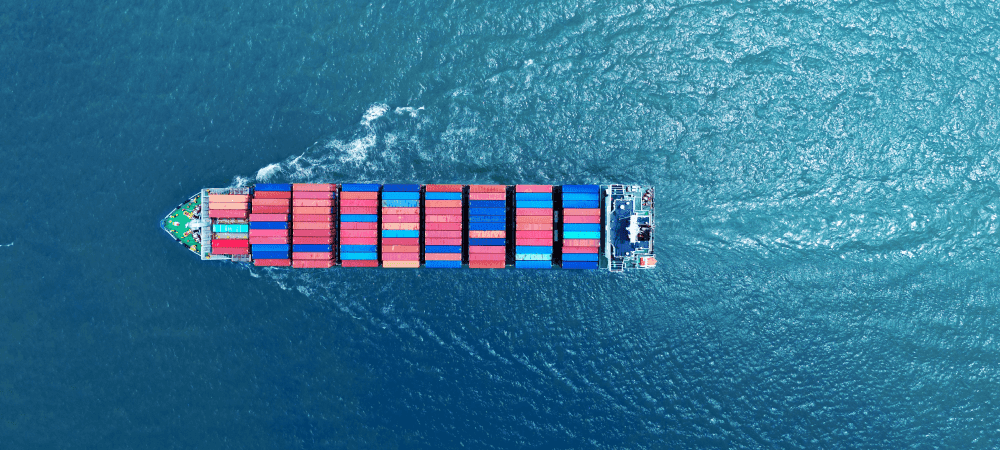Technological change as an opportunity to modernize SAP logistics solutions


The increasing need to realize cost-cutting potential through digitalization and automation, geopolitical uncertainties, changing markets, extreme weather conditions and the pressure to be flexible within highly dynamic logistics chains are forcing industrial companies and logistics service providers to quickly rethink their IT solutions, especially in the SAP environment.
Many industrial companies in Europe are still using extensive SAP solutions to support logistics, which have often grown over decades to meet individual customer requirements. Even though some companies have already migrated these solutions towards S/4 in recent years, for the most part using a brownfield approach without any major functional or technological reengineering - in other words, without any possible transformation. SAP has further increased the pressure to act. Standard maintenance for traditional solutions in logistics, such as the LE-TRA module used in transport logistics, will be discontinued at the end of 2027. Compatibility mode will end at the end of 2030, and there is no option to migrate the existing LE-TRA solution to the successor product S/4 at the push of a button, meaning that a new implementation is due.
How do companies with a strong SAP foodprint in logistics IT deal with this situation of renewed short-term pressure to act, knowing that the S/4 migration, which may have only recently been completed, is often still in people's minds and that there is an understandable desire for "calm" in some places. The renewed and certainly short-term pressure to change logistics IT architectures should be seen primarily as an opportunity for affected users and not as a purely technically driven initiative without added value.
What is the big opportunity?
The traditional SAP logistics solutions currently in use have increasingly grown over the years and functional gaps in the standard function area have often been closed by in-house developments, accepting a certain degree of complexity. For customer-specific special solutions or supposedly necessary process variants, extensions were just as often used. In many places, the resulting solution complexity has severely restricted the ability to breathe in the direction of innovation adaptation or further global scaling - in extreme cases, it has even had the effect of preventing growth. In many cases, the functional gap that remains even after the S/4 migration also means that possible cost savings or potential in the area of process automation fall by the wayside.
This is precisely where a fresh start can be made: In addition to the opportunity for process harmonization, SAP itself has also increasingly replaced functional gaps with the new solutions in logistics with standard functions that are now available. Various new options for digitalization and automation are also available. There are many opportunities to take these new logistics solutions to a new level by using cloud components such as SAP BTP, which are also technologically future-proof. This will also make logistics solutions in the SAP environment microservice-capable in many areas and offer the opportunity to quickly harness technological innovations such as AI.the opportunities associated with the new start are extremely diverse.
How do you find the right approach? The question can only be answered in the context of added value for the departments concerned.
Knowledge of the company's own weaknesses provides the starting point for a new beginning. Based on this, a strategic target state is clearly formulated. Both together enable the definition of a target picture for the new logistics solutions from both a professional and technological perspective. Priority is given to implementing the topics in the target picture that will quickly add value for the business, followed by more qualitative or medium-term topics. This makes it possible to quickly get the specialist departments excited about the change and to generate added value right from the start and to make logistics practice even more flexible, modern and exciting with new technological options.
To the partner entry:






